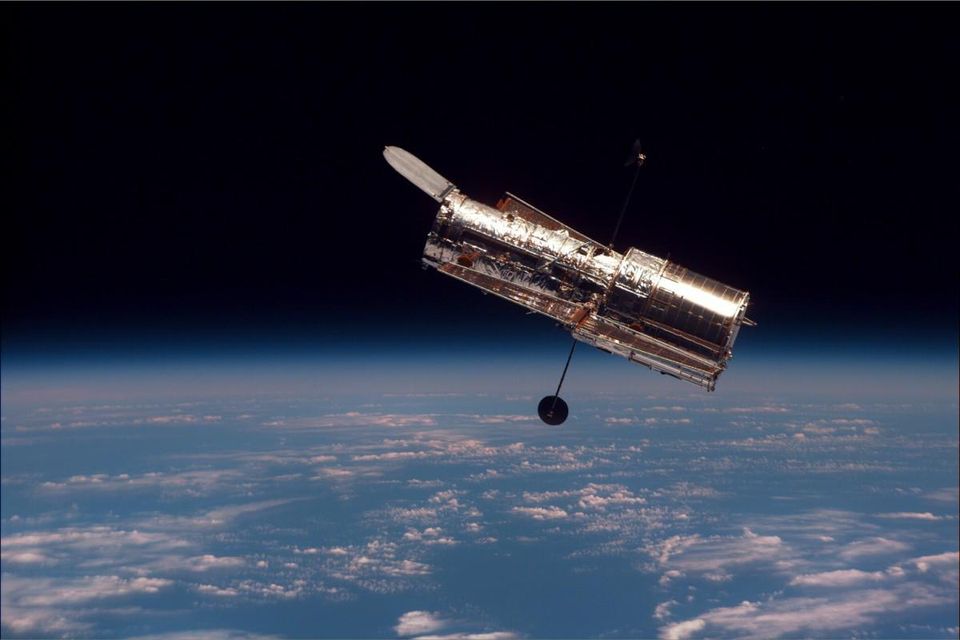Hubble Telescope Celebrates 30 Years Of Stunning Science
LAHORE MIRROR (Monitoring Desk)–It’s 30 years ago to the day that the Hubble Space Telescope was launched.
Famously blighted by blurred vision at the outset, the observatory was eventually repaired and upgraded.
The remarkable pictures it has taken of planets, stars, and galaxies have transformed our view of the cosmos.
Indeed, there are those who think Hubble is the most important scientific tool ever built.
It’s still far from retirement.
The US space agency (Nasa), which runs the observatory in partnership with the European Space Agency (Esa), says operations will be funded for as long as they remain productive.
Last year, its data resulted in almost 1,000 scientific papers being published – so it continues to stand at the forefront of discovery. And as if to emphasise this point, astronomers promise a fascinating new image from the teles![]()
Engineers obviously keep a watching brief on the health of Hubble’s various systems. Pleasingly, all four instruments onboard – the two imagers and two spectrographs – work at full tilt.
In the past, the telescope’s Achilles heel has been the six gyroscopes that help turn and point the facility, maintaining a rock-steady gaze at targets on the sky.
These devices have periodically failed down the years, and during their final servicing mission in 2009 space shuttle astronauts were tasked with replacing all six.
Three have subsequently shut down again, but Nasa project scientist Dr Jennifer Wiseman says this is not yet an issue for serious concern.
“Nominally, we need three gyroscopes, but we can operate on just one due to the ingenuity of the engineers,” she asserted.
There’s a quiet confidence that Hubble can keep working well into the 2020s. Its supposed “successor” – the James Webb Space Telescope (JWST) – is due for launch next year, but the presence in orbit of this more modern observatory will in truth merely just extend capability; it won’t make Hubble redundant.
That’s because the new facility has been designed to see the cosmos at longer wavelengths of light than Hubble. The duo will be complementary and will on occasion actually pursue targets together to get a fuller perspective.
This is an exciting prospect for astronomers everywhere – but especially for those in Europe where Hubble has been such a rewarding endeavour, says Esa project scientist Dr Antonella Nota.
“From the memorandum of understanding there was a guarantee that European astronomers would get 15% of observing time for the duration of the mission. If I look back at how much time European astronomers got – on average it’s 22%. And it is a peer-reviewed process so we never needed to put a finger on the scales. European astronomers are creative; they’re smart; they’re doing leading-edge science,” she told BBC News.
SOURCE: BBC NEWS

